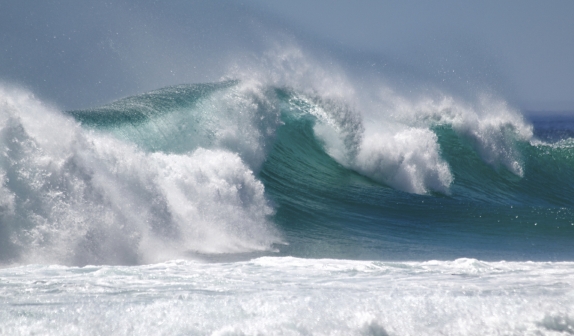
One of the keys to thalassotherapy is that the epidermis absorbs trace elements, such as iodine, which are dissolved in seawater. In a 37ºC immersion, skin absorbs these elements 10 times more quickly than in a normal bath. In Spain, a love for the beach is a long-standing tradition, thanks in part to the belief in the effect of iodine on a person’s wellbeing. Let us take a look at a few examples.
Baiona in Galicia was already known for its iodine waters in the 19th century, due to the seaweed brought to its beaches every day by the Atlantic. This seaweed was used as a fertiliser, and the locals believed that the farmers who “harvested” the seaweed suffered from fewer joint problems than other people. Little time passed between this belief and the beginnings of hydrotherapy. Every summer, more and more people went to ‘take the waters’, until the Seawater Spa, or Balneario Marino, was built in Concheira in 1896.
The phenomenon that most distinguishes the Atlantic from the Mediterranean is the tide. On Mediterranean beaches, the underwater flora often only appears after a storm. In Tarragona, Calafell beach was famous for the quality of its fishing. According to the fishermen, this was due to the abundance of minerals and iodine in the water. And they were not wrong, as close to the coast there is a seaweed colony rich in iodine. In 1929 the Sanatorio Marítimo de San Juan de Dios was founded here for children with bone tuberculosis. It was common to see the young patients buried in the wet sand so that their skin absorbed the iodine. A picture for the thalassotherapy annals.


